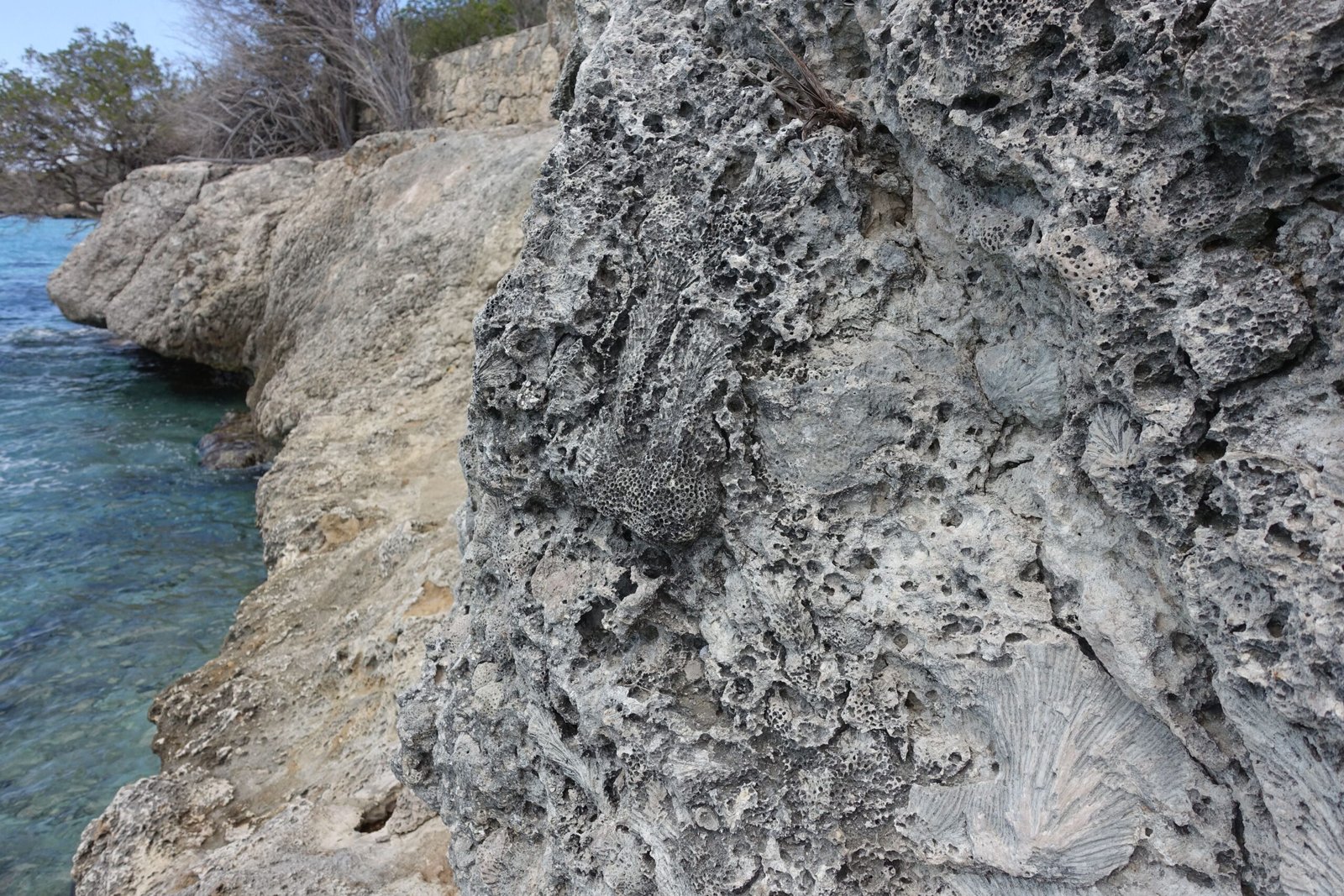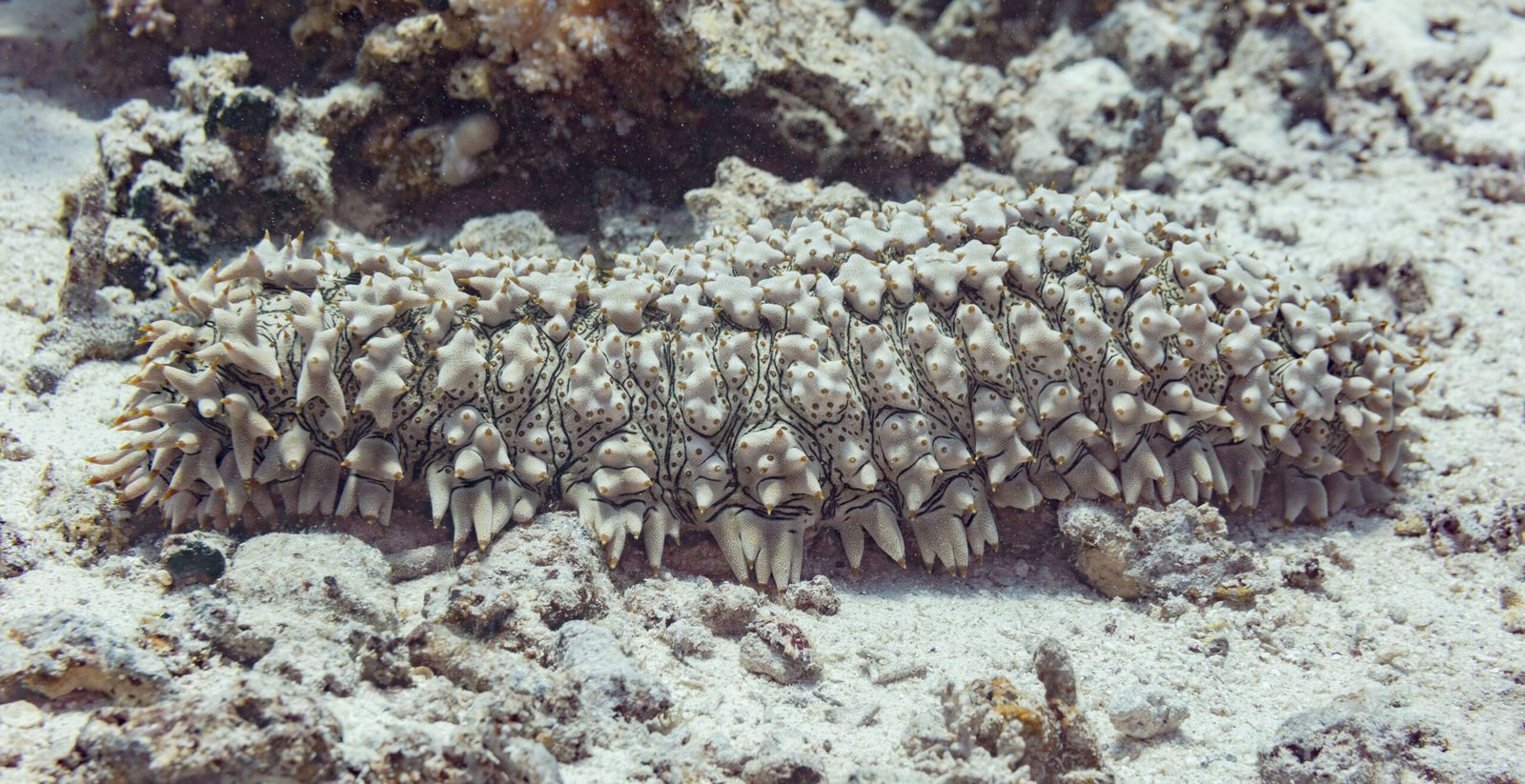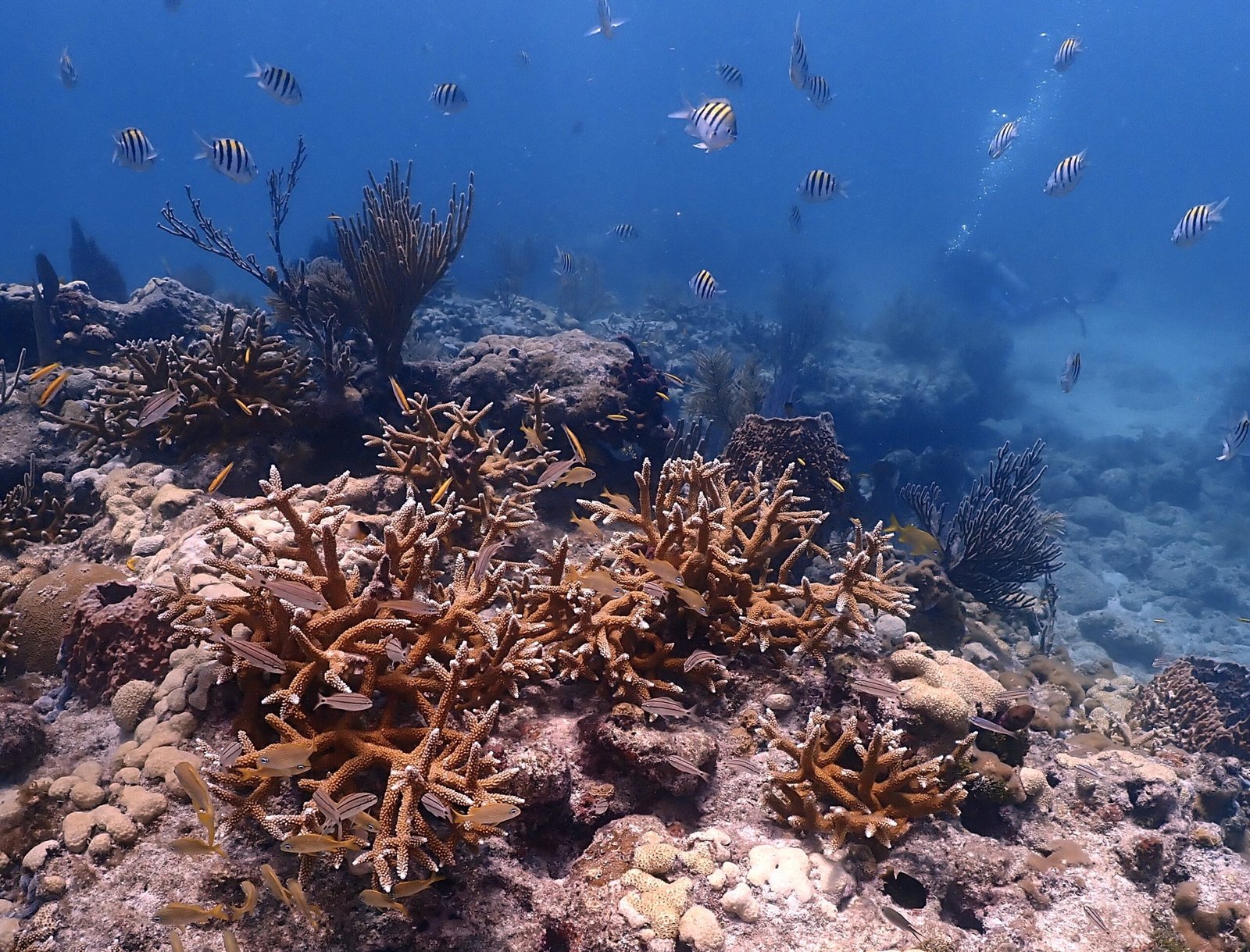Imagine diving beneath the waves, only to discover a sunken treasure chest, not filled with gold, but with secrets of our planet’s past. That’s what scientists experience every time they study ancient coral reefs. These underwater marvels are more than just homes for dazzling fish and colorful creatures—they’re nature’s living time capsules. Locked within their stony skeletons are clues about Earth’s climate, stretching back millions of years. What can these silent sentinels reveal about the storms, heatwaves, and rising tides of our future? Their story is both a warning and a wonder, and it’s one we desperately need to hear.
The Ancient Architects of the Ocean
Coral reefs are some of the oldest living structures on Earth, with some stretching back over 500 million years. These reefs are built by tiny coral polyps, each no bigger than a grain of rice, but together they create sprawling underwater cities. Ancient reefs, now fossilized and buried in rock, offer a direct look into ecosystems that thrived long before humans walked the planet. Their very existence shows how life adapts—or fails to adapt—to relentless change. By decoding these coral blueprints, scientists piece together how ancient oceans responded to dramatic shifts in temperature, acidity, and sea levels.
Coral Skeletons as Natural Climate Diaries

One of the most surprising things about corals is their ability to record the details of their environment inside their skeletons. As corals grow, they lay down new layers of calcium carbonate, much like the rings in a tree trunk. Each layer is a snapshot of ocean chemistry at the time—capturing changes in temperature, salinity, and even the presence of certain chemicals. Scientists can drill tiny cores into ancient coral fossils, extracting a timeline of environmental data that can stretch back centuries or even millennia. This natural record-keeping gives us a direct line to Earth’s climate history.
Reading the Language of Isotopes

Cracking open a coral’s skeleton is like opening a diary written in the language of chemistry. Key to this are isotopes—slight variations of elements like oxygen and carbon. The ratio of different isotopes in each layer of coral skeleton is shaped by the temperature and makeup of the seawater at the time. For example, higher levels of oxygen-18 can signal colder water, while shifts in carbon isotopes can hint at changes in ocean circulation. By decoding these chemical fingerprints, scientists reconstruct ancient climate cycles, sometimes with year-by-year precision.
Unearthing Coral Fossils on Land

It might sound odd, but some of the world’s most remarkable coral fossils aren’t underwater at all—they’re buried in deserts, cliffs, and mountains. As continents shifted and sea levels rose and fell, ancient reefs were sometimes thrust above the waves. In places like the Dolomites in Italy or the mountains of Morocco, you can find fossilized coral reefs that date back hundreds of millions of years. These stone forests offer a rare, tangible link to prehistoric oceans, and studying them helps scientists understand how reefs responded to ancient climate upheavals.
Corals and the Mystery of Past Warm Periods
Coral records have cracked open some of the biggest mysteries about Earth’s past warm spells, like the Eocene or the Paleocene-Eocene Thermal Maximum. During these events, global temperatures soared and oceans became more acidic—sounding eerily similar to what we face today. Ancient corals show how reefs either adapted, migrated, or perished during these periods. In some cases, entire reef systems vanished, while in others, new forms of coral bloomed. Their fate offers a stark lesson about the risks of rapid climate change.
Sea Level Changes Written in Stone

When ancient coral reefs are found high above current sea level, it’s not just a geological curiosity—it’s a clue to the planet’s restless history. Corals grow only in shallow, sunlit waters, so their presence far from today’s shorelines tells us that seas were once much higher (or lower) than they are now. By dating these fossil reefs, scientists can map ancient coastlines and track the dramatic rise and fall of sea levels through time. These shifts often happened during periods of glacial melting or intense warming, helping us predict how modern ice melt could reshape our world.
Lessons from Mass Extinctions

Earth’s history is scarred by mass extinction events, many of which left deep marks on coral reefs. The “Great Dying” at the end of the Permian period wiped out more than 90% of marine species, including most corals. Later, during the Cretaceous–Paleogene extinction, reefs again faced devastation. Fossil reefs reveal how corals struggled, adapted, or disappeared during these crises. These ancient tragedies are a chilling reminder that rapid environmental change can push even the most resilient ecosystems to the brink.
Tracking Ocean Acidification Through Time

Today, rising carbon dioxide levels are making ocean water more acidic—a trend that threatens modern reefs. Ancient coral skeletons show us that similar acidification events happened before, usually linked to volcanic eruptions or huge carbon releases. By analyzing the chemistry of fossilized corals, scientists can see how past reefs responded to acidification. Sometimes, entire reef communities collapsed, while at other times, new types of corals emerged. This long view helps us understand the urgency and uncertainty facing reefs in our own era.
Resilience and Recovery After Disaster
Not all stories from ancient reefs are about loss. Some are tales of resilience that border on miraculous. After extinction events or severe climate shocks, coral reefs have repeatedly shown the ability to bounce back—though sometimes it took millions of years. Studying these recoveries, scientists find patterns of migration, diversification, and even innovation among coral species. This resilience is a ray of hope, suggesting that, given time and favorable conditions, nature can heal even the deepest wounds.
Migration and Movement of Reefs

Ancient coral records reveal that reefs are not static—they’ve shifted across the globe as climates changed. During ice ages, when sea levels dropped, reefs often migrated to warmer waters closer to the equator. When the planet warmed, corals expanded their range into new territories. These migrations show how ecosystems can adapt to changing conditions, but also how barriers—like continents or rapid warming—can limit their options. This history of movement is crucial as we watch modern corals struggle to keep pace with today’s accelerating change.
Modern Reefs Echo Ancient Patterns
What’s perhaps most stunning is how closely the struggles of today’s coral reefs mirror those from millions of years ago. Mass bleaching events, disease outbreaks, and the slow creep of ocean acidification threaten reefs worldwide. By comparing modern trends with ancient records, scientists spot patterns—thresholds of temperature or acidity that often spell disaster for corals. This eerie parallel helps us identify tipping points and gives us a chance to act before history repeats itself.
Technological Breakthroughs in Coral Research
In recent years, new technology has supercharged our understanding of ancient corals. High-resolution imaging, laser ablation, and isotope mass spectrometry allow scientists to read coral skeletons with stunning detail—sometimes even season by season. These advances mean we can reconstruct ancient weather patterns, ocean currents, and even storm histories. The more we know, the better we can predict how today’s reefs might fare in the years ahead.
Coral Reefs as Early Warning Systems
Because corals are so sensitive to their environment, they often show signs of stress long before other ecosystems. Ancient reefs did the same, with signs of stunted growth, strange chemistry, or shifts in species diversity often preceding mass extinctions or climate shifts. Today, monitoring coral health provides an early warning system for bigger changes to come. If we pay attention to these subtle signals, we have a chance to act before it’s too late.
The Human Connection to Coral Reefs
Coral reefs have always mesmerized humans, from Polynesian navigators who read their patterns to divers entranced by their colors. Ancient reefs once sustained vibrant coastal communities, providing food, building materials, and even spiritual inspiration. Today, more than a billion people depend on living reefs for their livelihoods. By learning from ancient reefs, we not only protect a natural wonder but also safeguard a crucial lifeline for humanity itself.
Climate Models Informed by Ancient Data

Modern climate models are only as good as the data we feed them. Ancient coral records provide hard numbers—the temperatures, acidity, and sea levels of past eras. By plugging this information into computer models, scientists can test their predictions and refine their forecasts. This feedback loop between ancient evidence and modern technology makes our predictions about future climate change more reliable and precise.
Restoration Lessons from the Past

When scientists look to rebuild damaged reefs, ancient examples can offer inspiration. Certain coral species survived past disasters by forming partnerships with algae or bacteria, or by changing their growth patterns. These natural strategies are being studied and sometimes mimicked in modern reef restoration projects. By learning from the survivors of the past, we can give today’s reefs a fighting chance.
Unexpected Discoveries: Ancient Symbiosis

Some of the most exciting findings from ancient coral skeletons aren’t about climate at all—they’re about relationships. Fossilized corals often show signs of ancient symbiosis, such as algae living inside their tissues or mutualisms with other sea creatures. These partnerships proved essential for survival during tough times. Understanding these ancient alliances could hold the key to making modern reefs more resilient in the face of climate change.
A Window Into Earth’s Carbon Cycle

Coral reefs play a surprising role in the global carbon cycle. As they build their skeletons, corals lock away carbon in the form of limestone. Ancient reefs sequestered vast amounts of carbon, sometimes shaping the very chemistry of the ocean and atmosphere. Studying these cycles in the fossil record helps us understand how carbon moves through the planet, and how disrupting reefs could worsen climate change.
The Beauty and Fragility of the Reef Legacy
Standing on a windswept cliff, running your hand over the rippled fossil of an ancient coral, it’s impossible not to feel awe. These remnants are a testament to both the endurance and the vulnerability of life. They remind us that nature has weathered countless storms, but also that recovery is never guaranteed. The beauty of ancient reefs is matched only by the fragility of what remains.
The Urgent Message from Ancient Corals
The story written in ancient coral reefs is both a warning and a call to action. We are not the first beings to live through rapid climate change—but we are the first with the power to change the outcome. Ancient reefs show us the stakes, the tipping points, and the possibility for renewal. The question is, will we listen to what these silent sentinels are trying to tell us?



